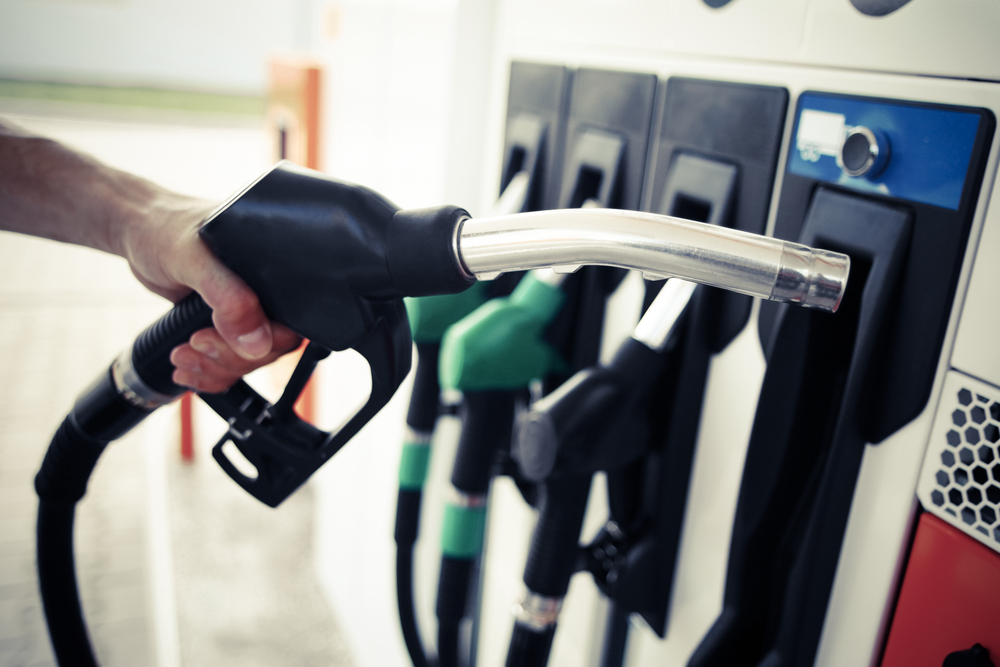June 2, 2022
How Driving Habits Affect Fuel Economy

As an owner-operator, minimizing fuel costs is one of the most impactful money-saving techniques you can apply to your budding business. Fuel ranks number 2 on the list of expenditures in the trucking business, behind only driver salaries and benefits. While the cost of maintenance, insurance, and even the price of the rig itself can also be fairly high on the expenditure list, all of these items will end up falling far below your total fuel costs over time.
With the cost of fuel on the rise, it pays to explore your options when it comes to potential per-gallon savings. Fortunately, there are several tips that can help save you money for every mile you drive. Here are a few key principles to follow that can help drive your fuel costs down.
1. Slow Down and Drive in the Right Gear (Especially in Manual Transmission)
Counterintuitive as it may sound, one of the biggest ways drivers have control over fuel costs is to simply slow down. The desire to get jobs done quickly often pushes drivers to exceed their engine’s “sweet spot”, which forces your overall fuel economy down. The “sweet spot” refers to the RPM range where your engine is able to function most efficiently. Typically, this is below 1500 rpm. Driving outside of your engine’s “sweet spot” causes fuel to be used less efficiently and will end up costing you more in fuel than what was saved by getting that extra few miles down the road more quickly.
Manual transmission rigs open the door for additional variance in fuel economy depending on the driver. Driving fast in a low gear (ie. waiting for the engine to run up to an excessively high RPM before shifting) consumes about 45% more fuel than is needed. While there are tons of subjective opinions on the merits of manual versus automatic rigs, the argument for fuel efficiency will always favor automatic transmissions.
2. Cut Out Unnecessary Idling
This one is pretty obvious. A truck burns fuel when it idles, and while it may not seem like much in small doses, the extra fuel use will add up over time. Idling is generally reserved for extreme weather conditions for the sake of the engine. However, it’s not uncommon for some drivers to sleep in unnecessarily idling trucks. Not only does this practice spike your fuel costs, it also shaves life off of your rig’s engine. We probably don’t need to explain to you why replacing an engine a few years premature because of bad idling practices is bad for your business’ budget.
Idling also puts your truck at risk for theft and fines and it’s the quickest way to erase all the work you’ve done to drive efficiently on a given job. Instead of idling, consider using auxiliary power, air conditioning, and cab-heating options to support the comfort of your company’s drivers without having to keep the truck on all night long.
3. Don’t Underestimate the Value of Vehicle Aerodynamics
Vehicle aerodynamics plays a big role in your fuel efficiency over time. The design of your cab and trailer will directly impact the amount of aerodynamic drag pushing against your rig. More drag demands more power and thus, more fuel consumption from trucks that are not optimized for long-haul trips across the country.
Fortunately, this is a problem the industry has been studying carefully for a while now and there are a few solutions that can help make your rig and trailer more aerodynamic. One of the easiest ways you can make your rig more aerodynamic is by adding side skirts. Reducing your rig’s drag with side skirts has been shown to cut fuel consumption by close to 7%. A different study showed adding skirts and a tail to the rear of the trailer upped that number to nearly 10%.
Other factors like fenders, wheel covers, and even vented mud flaps can also noticeably impact your overall fuel efficiency. When driving a big vehicle across tens of thousands of miles a year, improved aerodynamic efficiency is a worthwhile investment.
4. Acquire a Fuel Card (or Two)
Fuel cards are the owner-operator’s best friend. They afford per-gallon discounts on fuel at partnering truck stops, plus additional quality-of-life benefits like free showers and savings on other truck stop purchases. Motor Carrier HQ’s owner Chris Vernon frequently discusses the benefits of fuel cards (combined with the other techniques on this list) on our Haulin’ Assets podcast.
Fuel card savings can have a pretty massive range, depending on the availability of partnering stations. The most popular, universally-accepted cards like EFS and Comdata can save you between 10 and 25 cents per gallon. Cards with fewer participating locations, usually due to geographical limits, can save region-specific companies significantly more.
5. Plan Your Fuel Stops Ahead for the Best Priced Fuel
Believe it or not, one of the most effective things you can do to limit fuel costs is simply to plan ahead. There are tons of online tools and apps available to help you find the cheapest available fuel on your route. In fact, depending on the fuel card you use, some apps will even streamline this process for you by helping you locate in-network stops in order to boost your potential savings.
While planning your stops ahead of time, do your best to avoid filling up on busy holiday weekends and during other peak times. Idling in a long line at the pump won’t help your overall fuel economy. Additionally, try to avoid filling up at truck stops located far away from your main route. Traveling way off-course to fill up isn’t worth the savings in the long run.
While there’s little we can do about skyrocketing fuel prices, making each of these cost-saving methods a habit for your business will have a significant long-term impact on your fuel expenses. The amount you save per mile this year may not seem like much right at the start, but as the number of jobs you take on increases and the size of your business grows, you’ll soon be grateful for all of the little things you’ve done to keep fuel costs in check.




